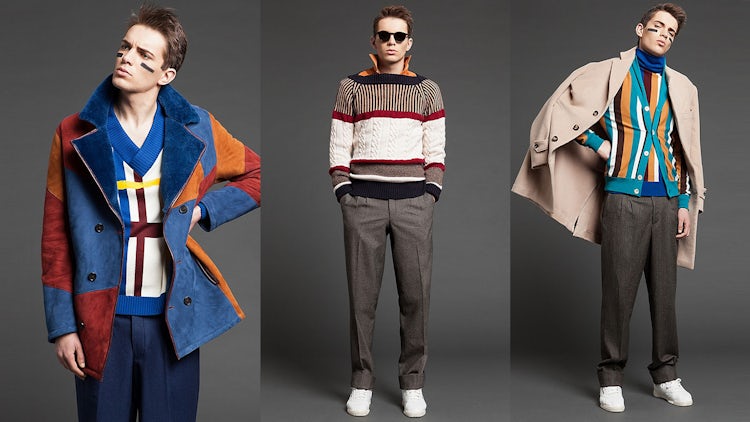 |
| SOURCE: LOUIS VUITTON MALLETIER / MAZEN SAGGAR |
Link to Article on The Business of Fashion
Interesting article. "Fashion is the world's second most polluting industry, exceeded only by oil." Yikes!
However, "taxing" companies for producing carbon is not the solution. The solution or at least something that would alleviate the problem goes completely against the nature of the business itself (which is to churn out new clothes every second) and it involves, obviously, all participants of the chain: from the governments, to the designers, companies, producers, manufacturers, suppliers and of course the consumer.
Yes, it is a positive step. It’s at least some form of acknowledging the environmental impact of the company and creating funds to help reduce their own emissions. It’s more than most companies are willing to do. But as the article says, it needs to be a much wider set of initiatives.
And back to the consumer, the only real “solution” (or a huge part of it) lies in each and every human being becoming more conscious of what they buy and how much they buy. How much do we really need? Nobody needs to renovate their wardrobe every season (despite of what magazines tell you). It’s a problem deeply rooted in education and culture, the praise of the new. The culture of conspicuous consumption, shop! shop! you need this!, you need that! (specially Christmas and every commercial holiday of this nature).
Companies produce what people want to buy. That’s why you keep seeing those Louis Vuitton monogram bags and their imitations. Unfortunately, furs are more popular than ever, yet again, because the demand from the final consumer has risen considerably in the past years. If people don’t buy it, companies won’t produce it. No one wants to have unsold merchandise in their shops. As simple as that.
Ahh!, but buying less, consuming less, investing on good quality, lasting garments that weren’t made by a kid in a poverty stricken 3rd world country, goes completely against their profitability. It doesn't matter on which end of the spectrum you shop, whether it’s high end or high street. Like I said, it’s unnatural for an industry that is based on “newness”, and change. The “must- haves”, the “it” bag, the “trends”...
The truth is, the only way to be truly sustainable would be to never, ever buy a piece of clothing again. And obviously this is unrealistic (doable, but unrealistic). However, we can be more conscious, of what we buy, how we produce, etc. What is the point of creating if it implies so much destruction? This involves of course, a different mindset with much broader and true holistic view of us as a society, as whole planet. And we’re not just talking about clothes here anymore.
We are in times that need profound reflection and redefinition on every level. We are at the verge of disastrous climate change, and the fashion industry, as one of the most powerful and influential on earth, has not only the potential but the responsibility to create and promote sustainable change. Creation and newness has to be geared towards embracing all these environmental, social and ethical issues. If all these brilliant creative minds and forces came together to do this, combined with our individual awareness, imagine the magic.

